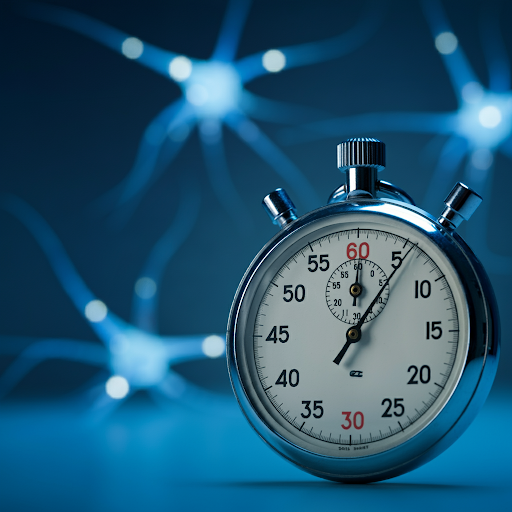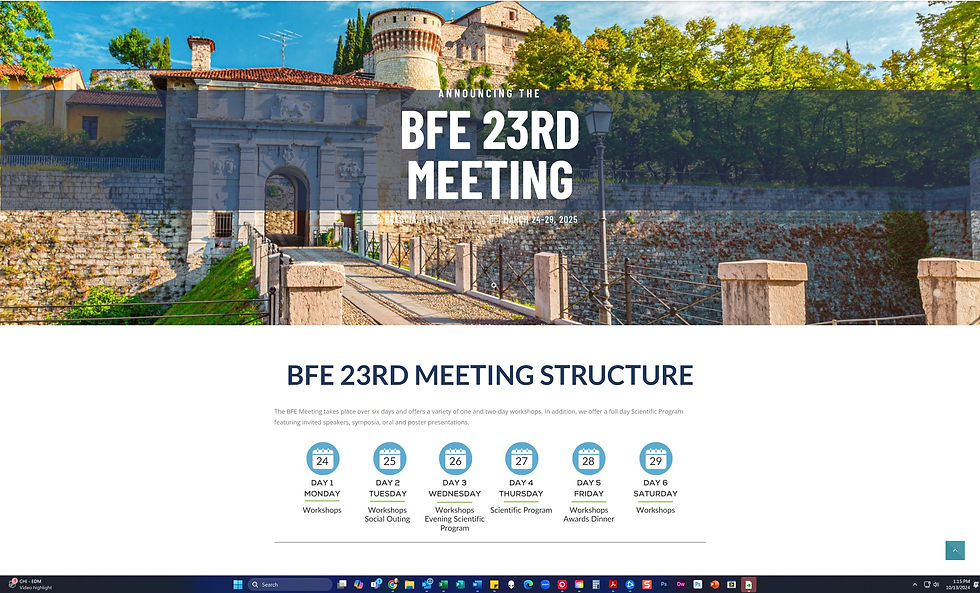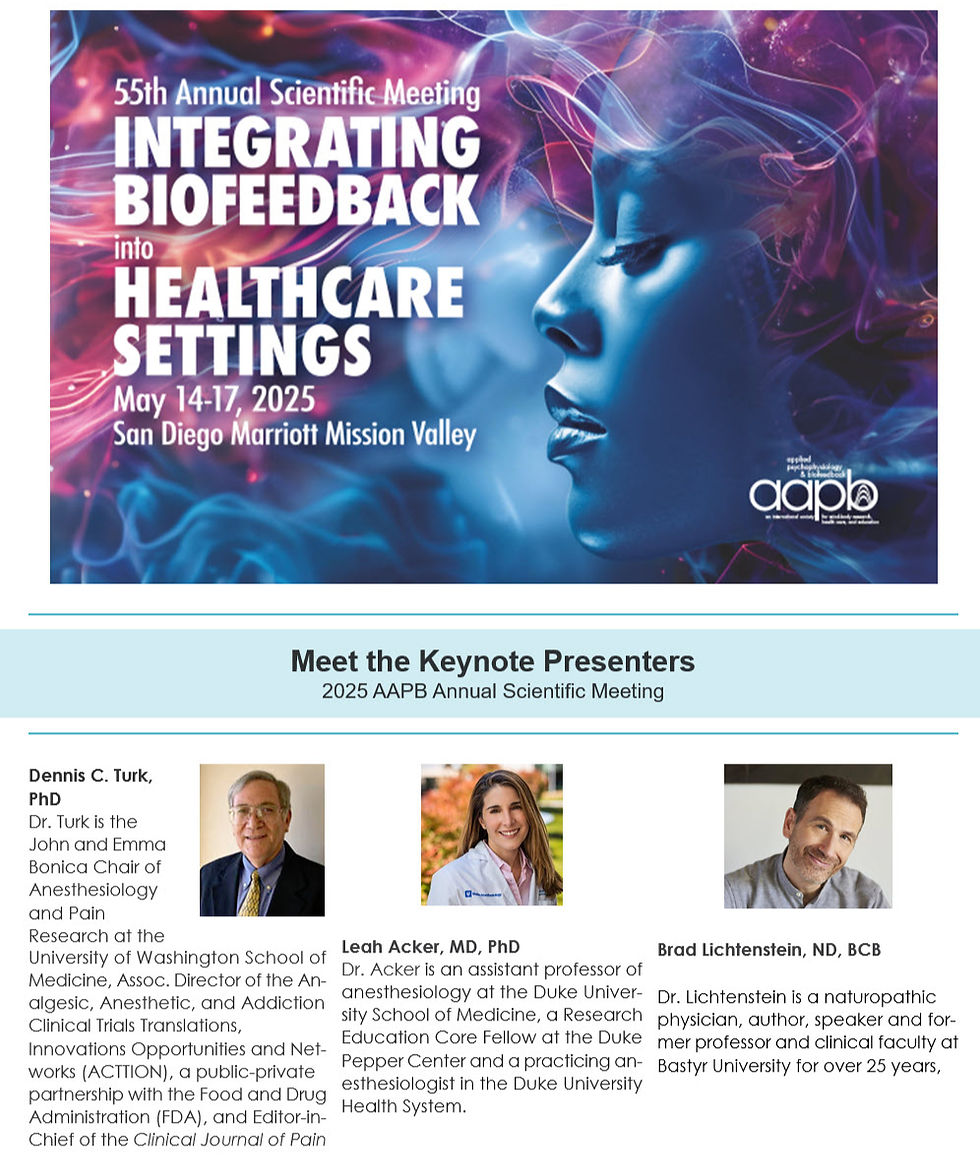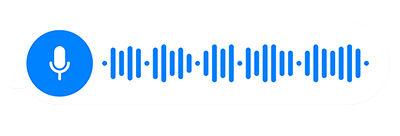
"Neurofeedback for Alcohol Use Disorder: Implications for Single-Case Research Design and Examining Craving Desire" by J. Claire Gregory and colleagues (2024) published in NeuroRegulation, presents an innovative approach to treating alcohol use disorder through carefully structured neurofeedback protocols.
Methodology
The researchers worked with five participants diagnosed with AUD in an academic setting, where each received individualized neurofeedback treatment based on their qEEG profiles. The protocols were inspired by the Peniston protocol but customized for each participant. For example, one participant's protocol focused on downtraining 4-8 Hz, increasing 8-10 Hz, and downtraining 20-25 Hz at Pz with eyes closed, while another worked on inhibiting 4-7 Hz, increasing 9-11 Hz, and inhibiting 25-30 Hz at Oz.
The study design incorporated multiple measurement approaches. Before treatment, participants underwent baseline qEEG recordings using either BrainMaster Discovery 24 or Mitsar BT 201 systems, with electrode impedance maintained below 5K ohms. During the 12 neurofeedback sessions, clinicians used BrainMaster Atlantis two-channel amplifiers with BioExplorer software. Participants completed the Craving Desire Scale after each session and the Alcohol Use Disorders Identification Test (AUDIT) at pre-treatment, post-treatment, and follow-up.
The researchers employed Single-Case Research Design (SCRD) methodology to analyze the data, dividing the 12 sessions into Phase A and Phase B to examine changes over time. They used several analytical approaches, including nonoverlap of all pairs (NAP) and simulation modeling analysis (SMA), to detect subtle changes in brain wave patterns and craving levels.
Results
The results varied among participants, with some showing significant improvements in targeted frequency bands and others displaying mixed responses. However, the self-reported measures were particularly encouraging, with most participants reporting reduced alcohol cravings and improved AUDIT scores.
Limitations
While the study's academic setting and small sample size limit its generalizability, the detailed methodology and innovative use of SCRD provide valuable insights for neurofeedback practitioners. The combination of physiological measurements, standardized assessments, and session-by-session analysis offers a comprehensive framework for evaluating neurofeedback's effectiveness in treating AUD.
Significance for Treating Alcohol Use Disorder
This research is particularly significant for the neurofeedback field as it demonstrates how practitioners can systematically track both physiological and psychological changes throughout treatment, potentially leading to more effective and personalized protocols for addressing alcohol use disorder. The study's emphasis on craving reduction and its detailed documentation of individual responses provides a valuable model for future research and clinical practice.
Glossary
AUDIT (Alcohol Use Disorders Identification Test): a 10-item screening tool developed by the World Health Organization to assess alcohol consumption, drinking behaviors, and alcohol-related problems.
CDS (Craving Desire Scale): a three-item assessment tool measuring current alcohol cravings, rated on a 7-point Likert scale from "very strongly agree" to "very strongly disagree."
EC/EO: eyes closed and eyes open conditions during EEG recording.
FFT (Fast Fourier Transform): a mathematical technique used to analyze EEG data by converting time-domain signals into frequency-domain representations.
NAP (Nonoverlap of All Pairs): a statistical method used in single-case research to determine effect sizes by comparing data points across different phases of treatment.
Peniston Protocol: a neurofeedback treatment approach originally developed for alcoholism, typically involving alpha-theta training.
qEEG (Quantitative Electroencephalography): a method for analyzing brain electrical activity that compares an individual's EEG patterns to normative databases.
SCRD (Single-Case Research Design): a research methodology that uses subjects as their own baseline, allowing for detailed analysis of individual responses to treatment over time.
SMA (Simulation Modeling Analysis): a statistical technique used for analyzing short time series data in single-case research, controlling for autocorrelation and assessing treatment effects.
SMR (Sensorimotor Rhythm): brain wave activity in the 12-15 Hz range, often targeted in neurofeedback protocols.
z-scores: statistical measurements indicating how many standard deviations an observation is from the mean, used in qEEG analysis to compare individual brain activity to normative databases.
Google Illuminate Discussion
Please click on the podcast icon for a Google Illuminate discussion of this report.
Transcript
Host: Ever heard of neurofeedback? Um, sounds kinda sci-fi, right? Guest: It is pretty cool. Basically, it's, uh, training your brainwaves.
Host: Whoa, brain training? Like, for what? Guest: All sorts of things, but we're talking about its use in treating alcohol use disorder today.
Host: So, we're tackling this paper looking at neurofeedback and how it might help people struggling with alcohol. Let's dive in! So, explain neurofeedback to me like I'm five.
Guest: Imagine your brain has different radio stations, each with its own frequency. Neurofeedback helps you, um, tune into the right stations for better focus, calmness, or whatever you need.
Host: So, it's like a brain-based biofeedback?
Guest: Exactly! You get real-time feedback on your brainwave activity, and you learn to adjust it.
Host: Okay, so how does this relate to alcohol use disorder?
Guest: Well, alcohol messes with brainwave patterns. Neurofeedback aims to retrain those patterns, reducing cravings and improving impulse control.
Host: Interesting. So it's not just about willpower, it's about rewiring the brain?
Guest: Precisely. It addresses the underlying neurological issues contributing to addiction.
Host: The paper mentions single-case research design. What's that all about?
Guest: It's a way to study the effectiveness of an intervention on a single person over time. It's great for personalized treatment.
Host: Right. So, you're tracking one person's progress closely?
Guest: Exactly. You can see how they respond to the neurofeedback, and adjust the treatment as needed.
Host: And what about craving? How does neurofeedback tackle that?
Guest: Cravings are a huge part of alcohol addiction. Neurofeedback aims to reduce the intensity and frequency of those cravings by targeting the brain regions involved.
Host: So, it's like giving people the tools to manage their cravings instead of just suppressing them?
Guest: Exactly. It's about building long-term coping mechanisms.
Host: What are some of the implications of this research?
Guest: It suggests neurofeedback could be a valuable addition to existing alcohol treatment methods. More research is needed, though.
Host: Of course. Any limitations to this approach?
Guest: It can be expensive and time-consuming. Also, it's not a magic bullet; it works best in conjunction with other therapies.
Host: Where do you see this research going next?
Guest: Larger, more rigorous studies are needed to confirm its effectiveness. Also, exploring how to personalize neurofeedback for different individuals.
Host: So, tailoring the treatment to each person's unique brain patterns?
Guest: Exactly. Making it even more effective.
Host: So, practically speaking, how might this be used in the real world?
Guest: It could be integrated into rehab programs or offered as a standalone treatment for those who respond well to this type of therapy.
Host: It sounds like a promising avenue for helping people overcome alcohol addiction. This whole thing sounds very tech-driven. What role does technology play?
Guest: The technology is crucial for measuring brainwave activity and providing real-time feedback. Advancements in technology will likely improve the effectiveness and accessibility of neurofeedback.
Host: But it's not just about the technology, right? There's a human element here too.
Guest: Absolutely. A skilled therapist is essential to guide the patient through the process and provide support.
Host: Any ethical considerations we should be aware of?
Guest: Ensuring proper training for therapists and responsible use of the technology are crucial. We need to avoid overselling its potential.
Host: So, overall, what's your take on this research?
Guest: It's a promising area of research with the potential to significantly improve alcohol use disorder treatment. But more research is definitely needed.
Host: So, neurofeedback, a fascinating approach to tackling alcohol addiction. It's not a quick fix, but it offers a unique way to address the underlying neurological issues.
Guest: Exactly. It's about empowering individuals to regain control over their brains and their lives.
Host: That was a great discussion! Thanks for sharing your expertise.
Please Support Our Friends






Comments